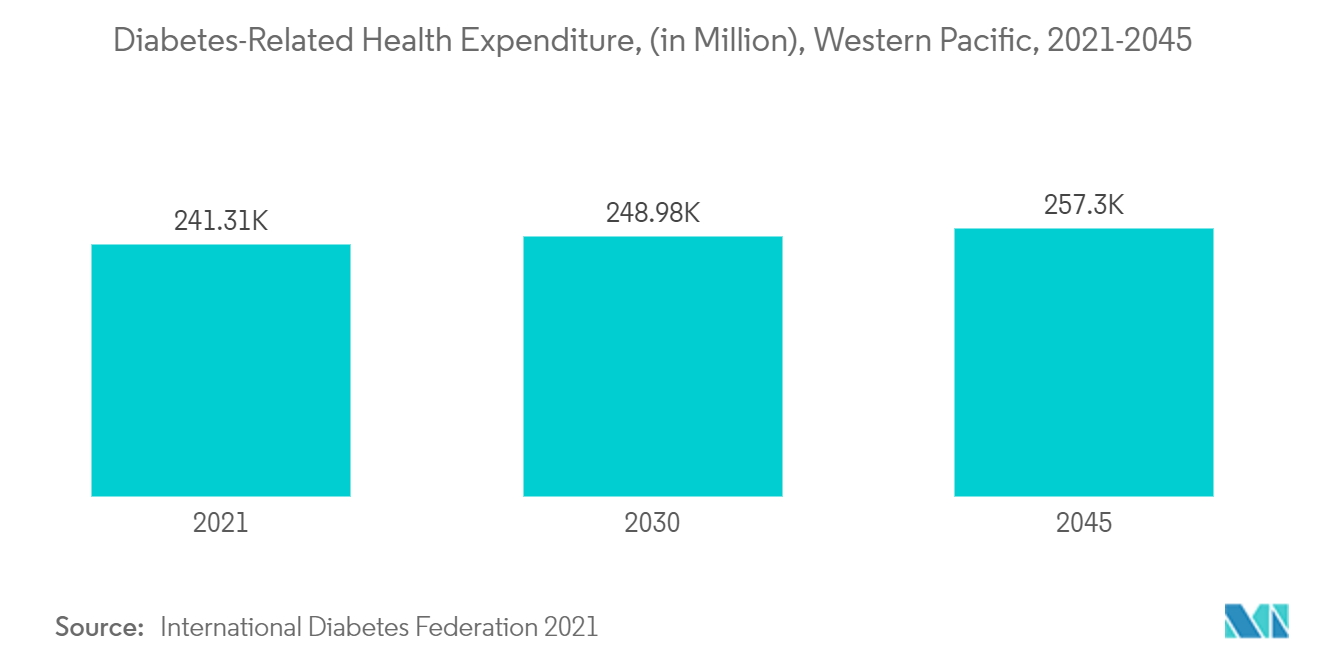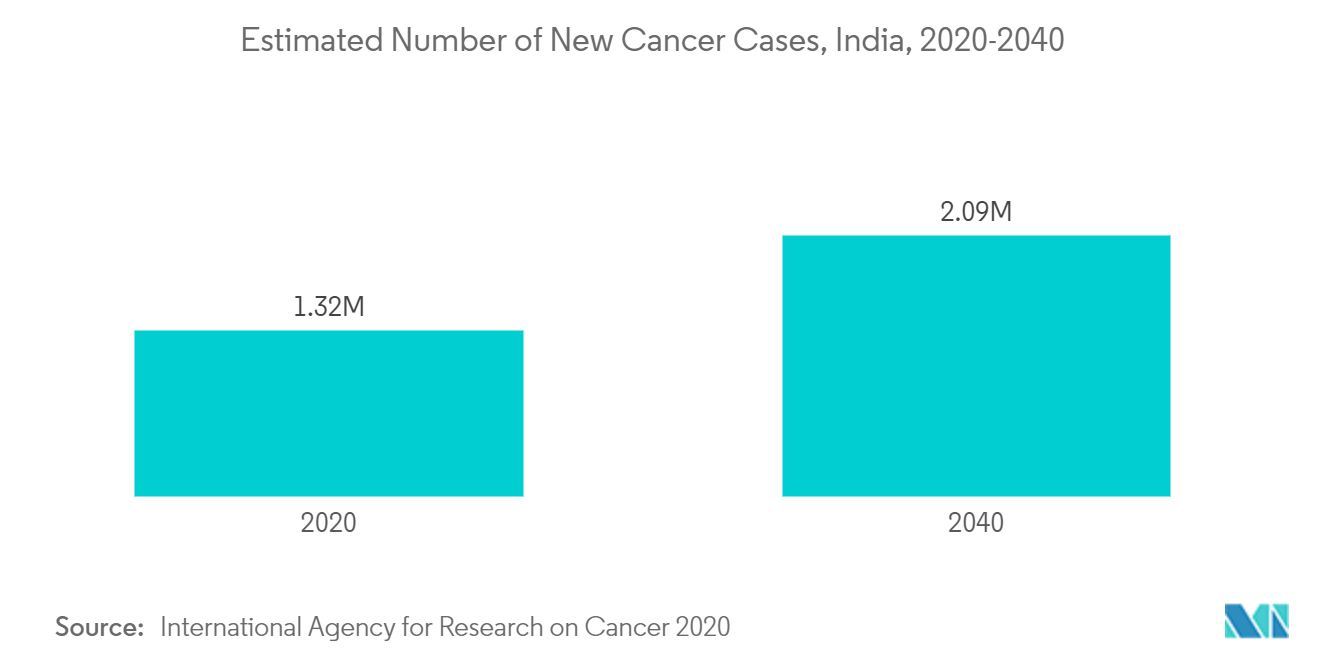Market Trends of Asia-Pacific Clinical Nutrition Industry
This section covers the major market trends shaping the APAC Medical Clinical Nutrition Market according to our research experts:
Oral and Enternal Segment is Expected to Hold a Significant Market Share in the Asia-Pacific Clinical Nutrition Market Over the Forecast Period
Oral clinical nutrition accounts for the largest share owing to the ease of administration and wide acceptance of the oral route. Among all the routes of administration available for clinical nutrition, oral and enteral routes are used the most, followed by the parenteral route. This is mainly because of the additional cost of processing the products/nutrients involved in parenteral routes. Until other routes of administration are deemed necessary, physicians mostly prefer the oral route, as it involves lesser complexities and costs compared to the other two routes of administration. If the patients can consume food orally, their stomach and intestine functionalities are not affected, and the oral route is the preferred route of administration for clinical nutrition.
It is estimated that the number of people with dementia is expected to upsurge to 1.1 million by 2058. People with dementia are likely to use oral nutritional supplements to improve their living. For instance, as per an article published by PubMed, low dietary intake is a sign of malnutrition risk in dementia patients, which has an impact on daily activities, nutritional statuses, and disease progression. The results of the study demonstrated that oral nutrition supplements (ONS) have a positive impact on nutritional intake, nutritional status, and cognitive and physical outcomes in older people with dementia.
Furthermore, the rise in government initiatives to provide proper nutrition to poor economies is one of the major fuelling factors for the growth of the market . For instance, as per the March 2022 update from WHO, the Republic of Korea contributed USD 7.8 million to improve the health and nutrition of school-aged children in Timor-Leste. In collaboration with the Timor-Leste Ministry of Education, Youth, and Sports (MoEYS) and the Ministry of Health (MoH), the WFP and WHO are anticipated to use this donation to improve the health and nutritional status of schoolchildren.
Thus, owing to the above factors, the oral and enteral route of the administration segment is likely to witness growth over the forecast period.

India is Anticipated to Dominate the Market and is Expected to Grow During the Forecast Period
India is expected to dominate the clinical nutrition market throughout the forecast period, owing to factors such as the rising prevalence of neurological diseases, metabolic disorders, and cancer and the rise in healthcare expenditure. For instance, the Dementia India report 2020 mentioned that the estimated number of people aged above 60 who had dementia was 5.3 million. This means that one in 27 people above the age of 60 in India has dementia. People with dementia take nutritional supplements in order to improve their patient outcomes and quality of life. For instance, as per an article published in March 2022 by PubMed, people with dementia and Alzheimer's disease frequently have vitamin B12 and folic acid deficiencies. Together, these two supplements can aid in reducing blood levels of an amino acid that is frequently connected to dementia.
Furthermore, cancer patients frequently require nutritional supplements, as their body weakens as therapy starts. Hence, oncology nutrition holds a major part in the clinical nutrition market. As per the Globocan 2020 report, the total number of cancer cases in 2020 in India was 1,324,413. Furthermore, the presence of competitors, mergers, and collaborations in the field of clinical nutrition in India is likely to increase market growth as these factors improve the competition and product availability. For instance, Esperer launched its nutrition development center in Hyderabad; the facility in Hyderabad is anticipated to house a variety of cohesive capabilities, including investigative workrooms and product improvement sub-centers with a devoted laboratory for analyzing sensory components, packing, and taste. At the new EsNDC, Esperer is focused and keeps track of cancer patients to identify dietary changes and assists in creating novel nutrition products and delivery technologies to broaden its existing and future product offerings.
Hence, considering the above-mentioned factors, India is likely to witness growth in the studied market over the forecast period.


